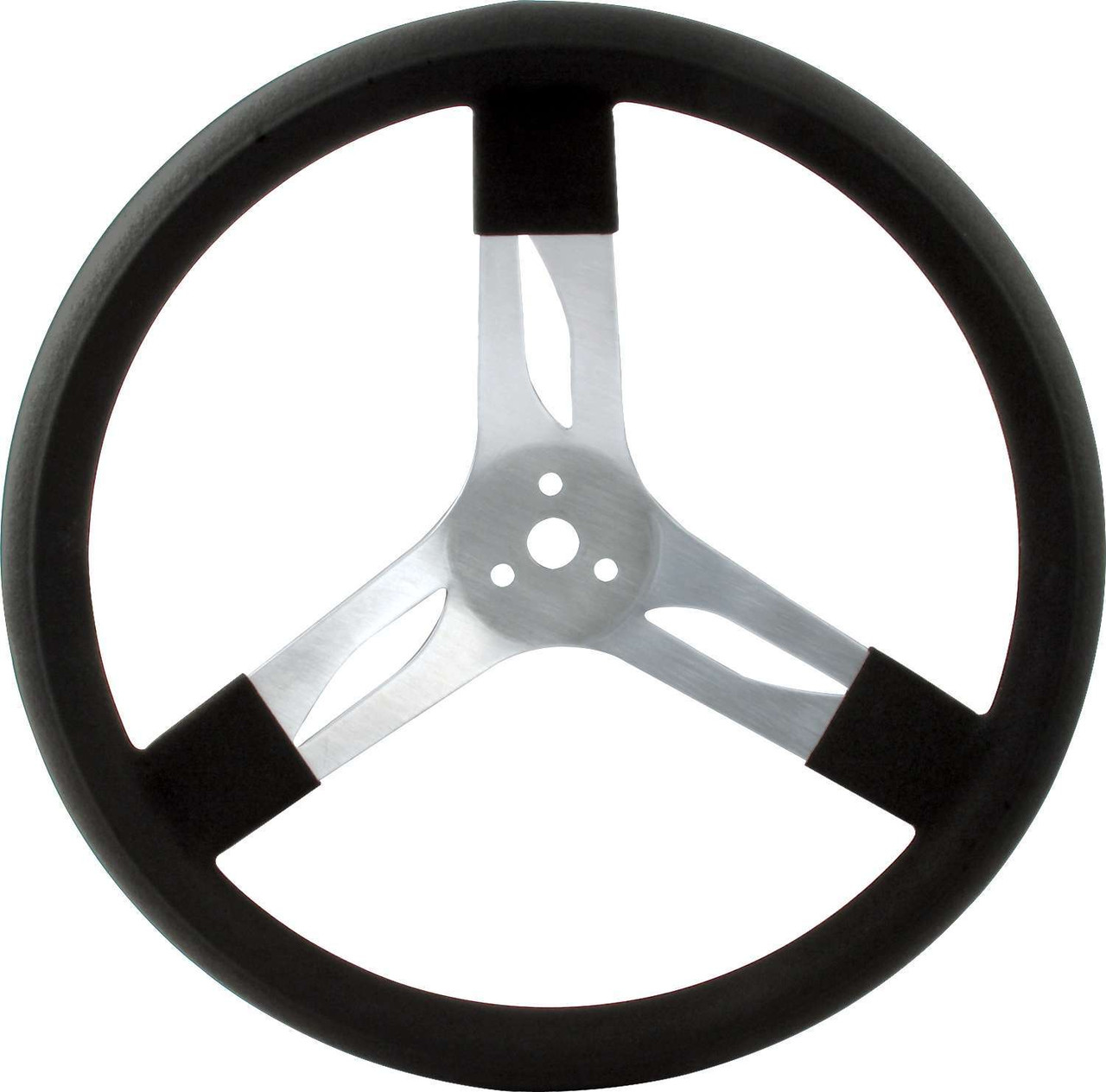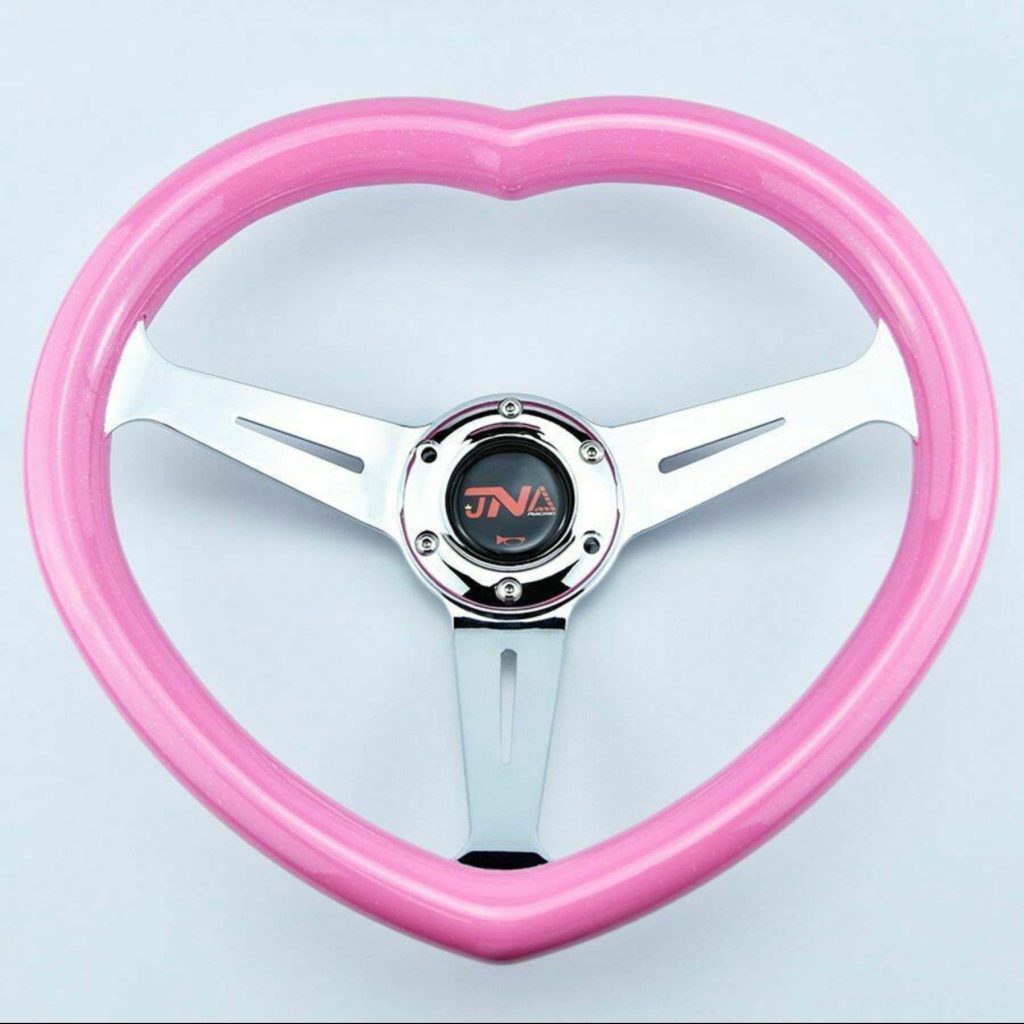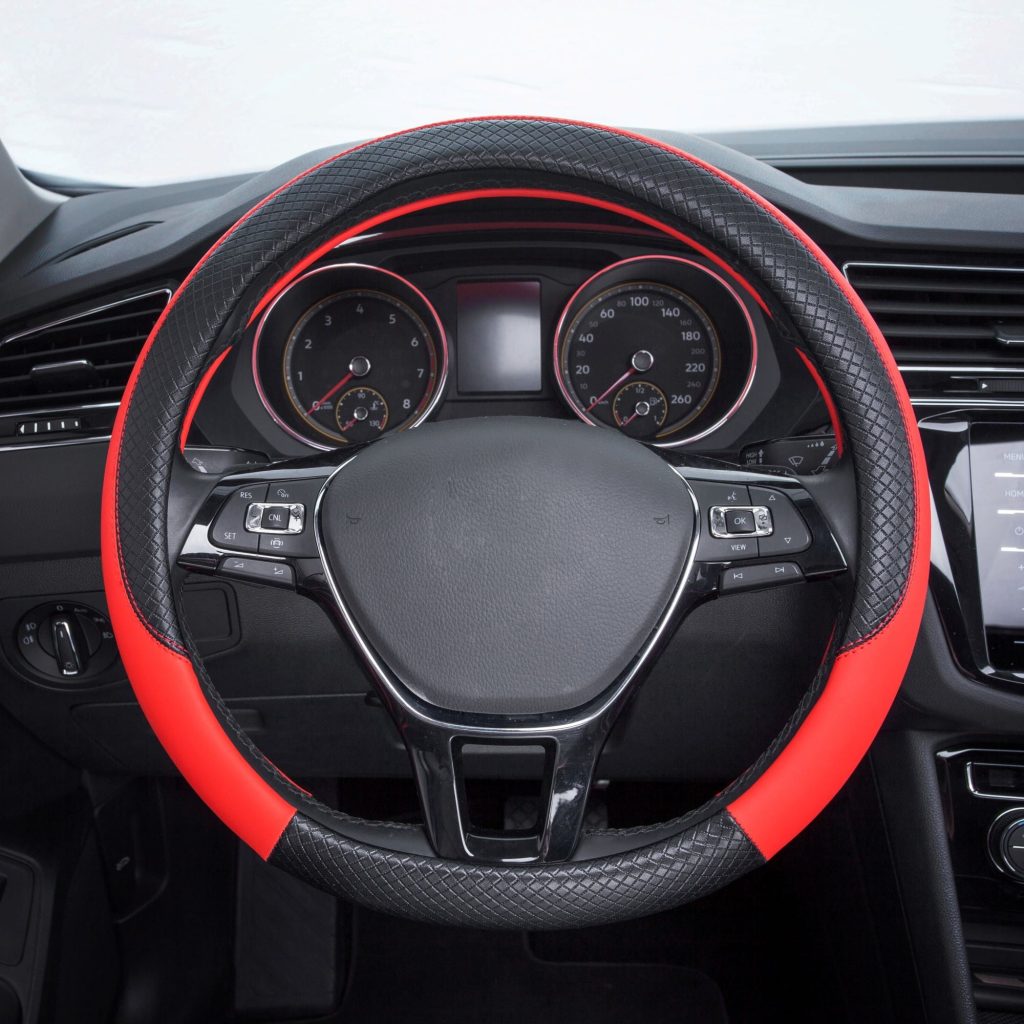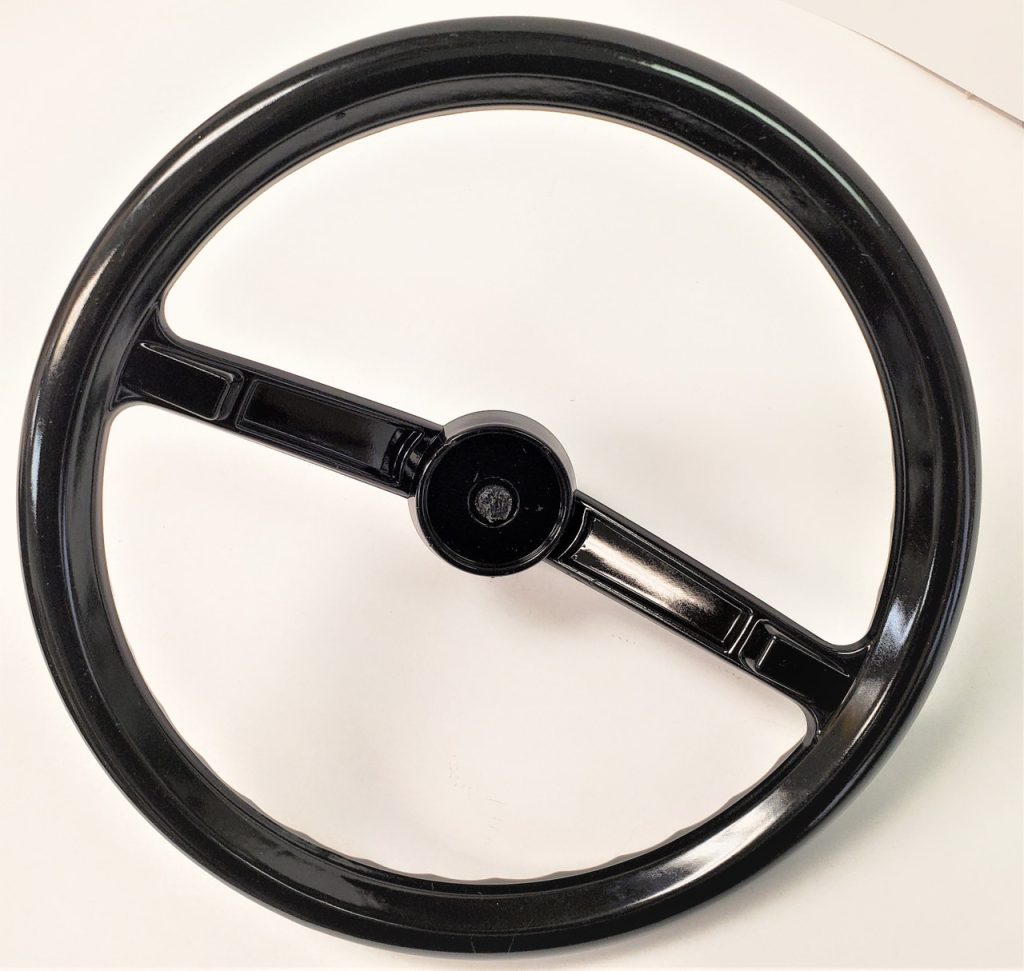Car steering wheel shaking – it’s important to find out the cause

Experiencing a car steering wheel shaking while driving can be both concerning and uncomfortable. Steering wheel shaking is a common issue that can occur in automobiles, indicating an underlying problem with the vehicle’s steering or suspension system. In this article, we will explore the various causes of car steering wheel shaking, ranging from minor issues to more serious mechanical problems. Understanding these causes will help you identify the issue and seek appropriate solutions to restore a smooth and safe driving experience.

Wheel Balancing:
- Wheel Imbalance: One of the main causes of steering wheel shaking is an imbalance in the wheels. Imbalanced or unevenly worn tires lead to vibrations that are felt through the steering wheel. This issue can be due to inaccurate wheel balancing, tire wear, or damage.
- Tire Pressure: Incorrect tire pressure can also result in a shaking steering wheel. Insufficient or excessive tire pressure can lead to uneven tread wear and cause balance issues, resulting in vibrations during driving.
Wheel and Suspension Components:
- Wheel Misalignment: Improper wheel alignment can cause the vehicle to pull to one side and result in a car steering wheel shaking. Misalignment often occurs due to potholes, hitting curbs, or other impacts that can throw off the alignment angles.
- Suspension Issues: Worn-out suspension components, such as ball joints, tie rod ends, or control arm bushings, can lead to steering wheel shaking. These components play a vital role in maintaining stability and smooth steering, so any wear or damage can result in vibrations.
Braking System:
- Warped Brake Rotors: Warped or unevenly worn brake rotors can cause vibrations, particularly during braking. The uneven surface of the rotors interacts with the brake pads, causing the steering wheel to shake when pressure is applied to the brakes.
- Brake Caliper Issues: Sticking or malfunctioning brake calipers can cause uneven braking force, leading to steering wheel shaking. This issue is more noticeable during braking and may require professional attention.

Axle and Drivetrain Problems:
- Worn CV Joints: Constant Velocity (CV) joints connect the driveshaft to the wheels and allow for smooth rotation. Worn CV joints can cause vibrations and shaking in the steering wheel when turning or accelerating.
- Wheel Bearing Wear: Damaged or worn wheel bearings can result in steering wheel shaking. Wheel bearings support the wheels’ rotation and any damage or wear can cause vibrations to be transmitted to the steering wheel.
Solutions and Maintenance:
- Tire and Wheel Maintenance: Regularly check and maintain proper tire inflation and tread wear to ensure balanced and smooth driving. Rotate and balance tires at recommended intervals to prevent uneven wear and imbalances.
- Wheel Alignment: Have the wheel alignment checked and adjusted by a professional if you experience steering wheel shaking. This will ensure proper alignment angles and prevent potential issues associated with misalignment.
- Suspension Inspection: Regularly inspect suspension components for wear, damage, or play. Replace any worn or damaged parts to maintain proper stability and smooth steering.
- Braking System Maintenance: Maintain regular brake inspections and replace brake rotors or calipers as needed. Properly functioning brakes are vital for safe and smooth braking performance.

The importance of the steering wheel
The steering wheel is an essential component of a vehicle, serving as the primary interface between the driver and the vehicle’s control systems. It plays a significant role in ensuring safe and comfortable driving, allowing drivers to maneuver their vehicles with precision and responsiveness.
Functionality and Control:
- Steering Control: The steering wheel provides the driver with direct control over the vehicle’s direction and navigation. It enables drivers to turn left or right and negotiate corners, allowing precise and responsive control of the vehicle’s movements.
- Steering Ratio: The design and construction of the steering wheel, in combination with the steering system, determine the steering ratio. This ratio impacts the degree of response and effort required to turn the wheels. A well-designed steering wheel provides a balanced steering ratio for optimal control and user comfort.
- Steering Wheel Controls: Modern steering wheels often incorporate various controls, including buttons for audio, cruise control, phone connectivity, and other vehicle functions. These integrated controls enhance driver convenience and promote a safer driving experience by reducing distractions caused by reaching for external controls.
Ergonomic Design and Comfort:
- Hand Positioning: The steering wheel’s shape, size, and grip play a vital role in ensuring the driver’s comfort and control. Ergonomically designed steering wheels are shaped to fit comfortably in the hands, allowing for fatigue-free driving over long distances.
- Material and Texture: Steering wheels are commonly made from materials such as leather, vinyl, or rubber, which provide a comfortable and tactile feel. The texture of the wheel enhances grip and control, reducing the risk of hands slipping during maneuvering or emergency situations.
- Steering Wheel Adjustability: Most vehicles offer adjustable steering columns, enabling drivers to customize the steering wheel position according to their preferences. This adjustability promotes optimal posture, reduces fatigue, and enhances driving comfort for individuals of different sizes and body types.

Safety and Control:
- Steering Response: A well-designed steering wheel contributes to a vehicle’s predictable and responsive steering response. The wheel’s sensitivity and feedback allow drivers to have a clear understanding of the vehicle’s behavior and make corrective actions as needed, ensuring safe maneuvers.
- Steering Wheel Feedback: The steering wheel provides vital feedback to drivers, relaying information about the road surface, tire grip, and vehicle dynamics. Through vibrations and resistance transmitted through the wheel, drivers can sense issues such as uneven road surfaces, understeer, or oversteer, enabling them to react and adjust their driving accordingly.
- Airbag Integration: Steering wheels in modern vehicles typically incorporate airbag systems for enhanced driver safety in the event of a collision. Proper integration and deployment of the airbag help provide cushioning and impact protection for the driver, reducing the risk of severe injuries.
Psychological Connection:
- Driver-vehicle Connection: The steering wheel serves as the primary physical connection between the driver and the vehicle. It creates a psychological bond, giving drivers a sense of control, ownership, and responsibility for the vehicle’s movements.
- Driving Experience: The steering wheel greatly influences the overall driving experience, combining functional control, physical touch, and the vehicle’s response. A well-designed and comfortable steering wheel enhances driver satisfaction, making the driving experience more enjoyable and engaging.

Conclusion:
Experiencing a sar steering wheel shaking while driving can be alarming, but understanding its causes can help you address the issue effectively. Imbalanced wheels, wheel alignment problems, suspension issues, braking system malfunctions, and drivetrain problems are all potential causes of steering wheel shaking. Regular maintenance, tire and wheel inspections, proper wheel alignment, suspension component checks, and timely repairs are crucial to maintaining a smooth and safe driving experience.
